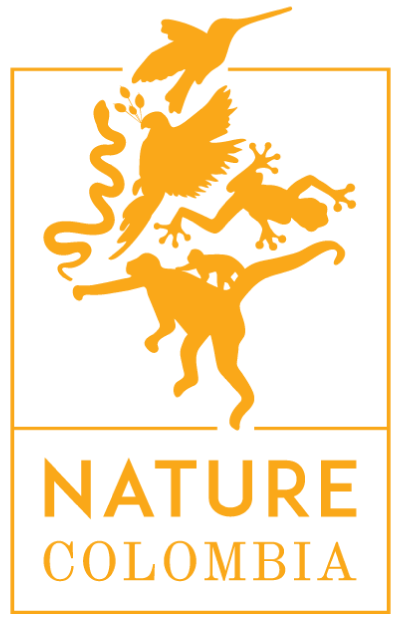SUMMARY: 0 day(s)
The cart is empty!
Click on "Customize" and start planning your perfect trip!
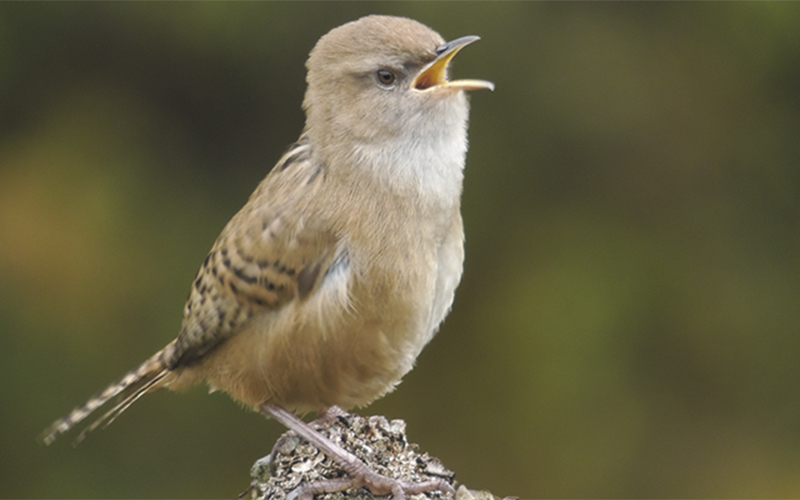
Eastern Andes and Mid-Magdalena Valley
(6) days(s)
A prolific combination of the high altitude of the Eastern Andes- the widest of the three branches of the Colombian Andes- and the intermontane basin, located in north-central Colombia between the Central and Eastern Rangesof the Andes. In these 6 days you will have the oportunity of see 10 Colombia´s endemic species and incredible landscapes.
Animals you might see on this tour

Yellow-headed Caracara
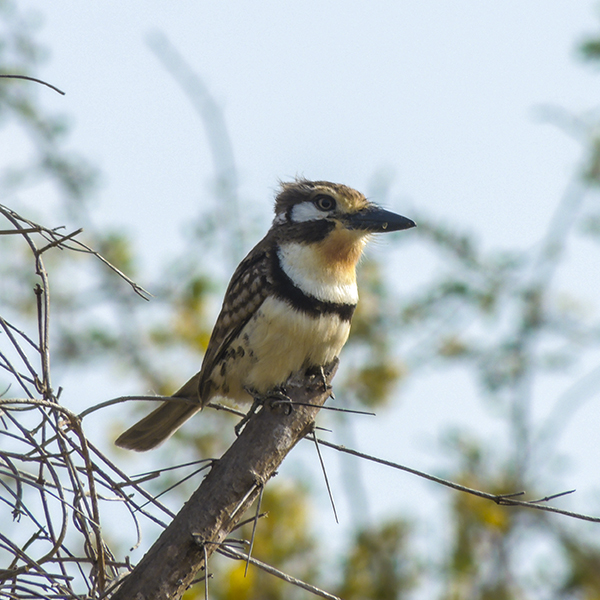
Russet-throated Puffbird

Scarlet-fronted Parakeet
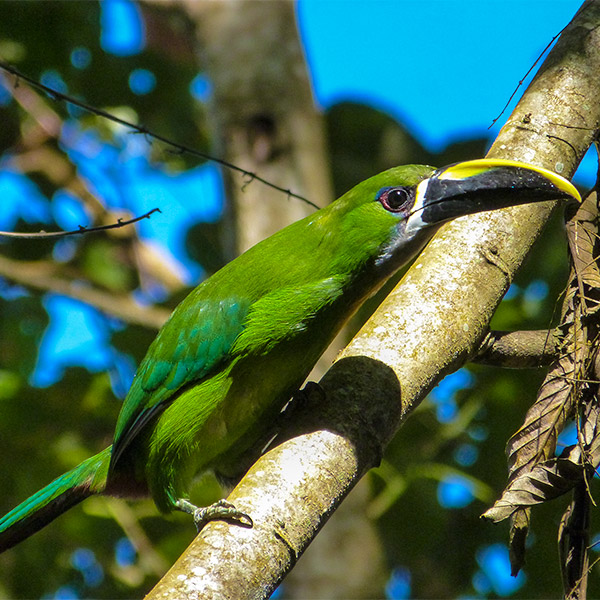
Southern Emerald-Toucanet
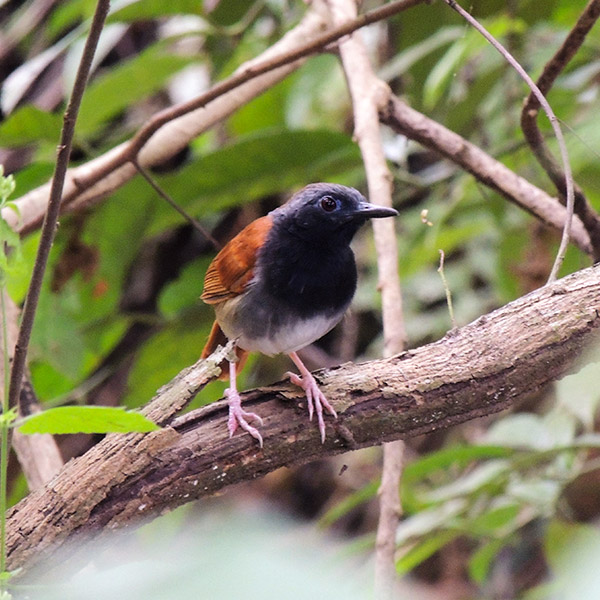
White-bellied Antbird
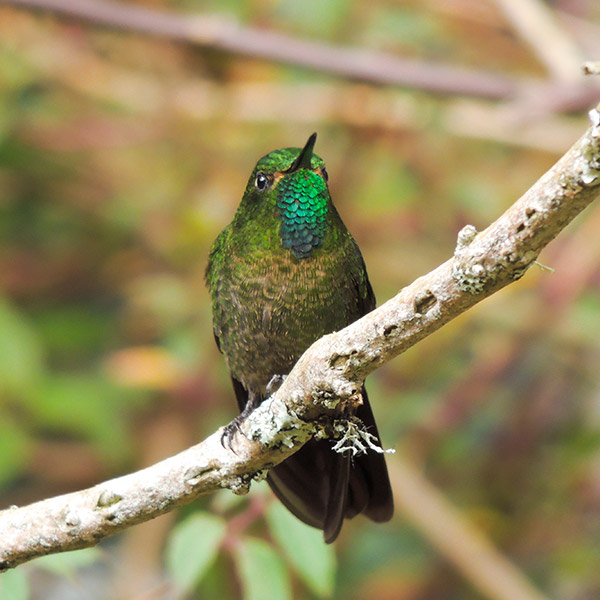
Tyrian metaltail

Rufescent Tiger-Heron
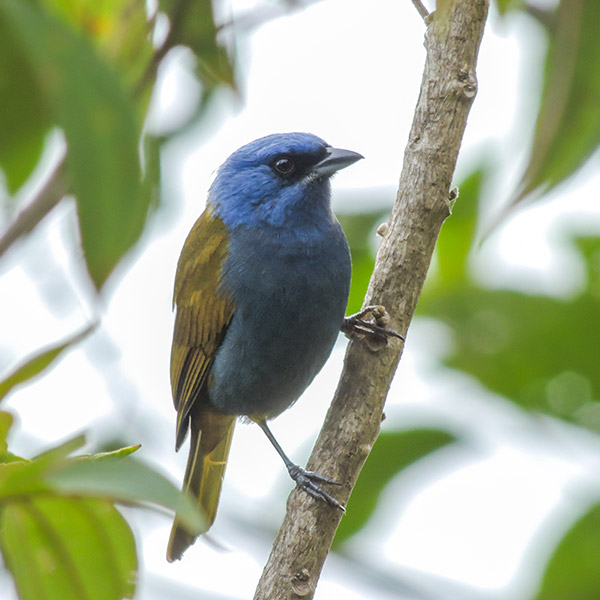
Blue-capped Tanager
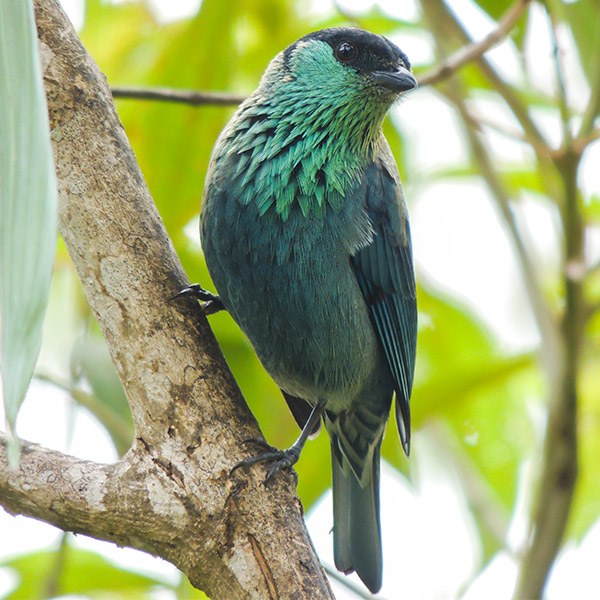
Black-capped Tanager

Northern Screamer
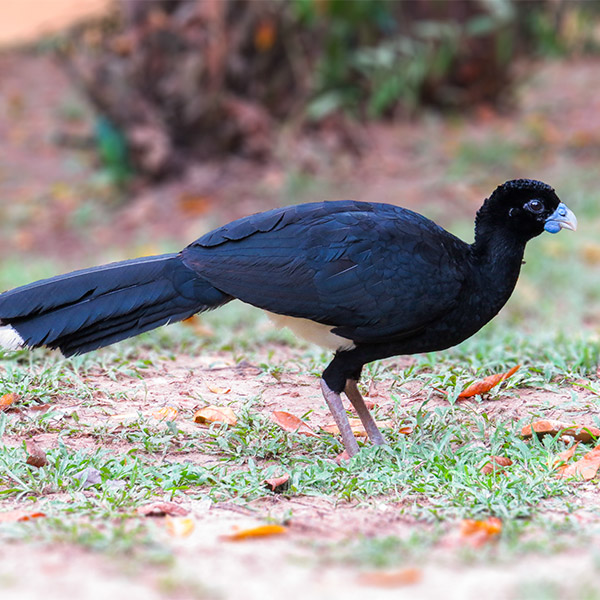
Blue-billed Curassow
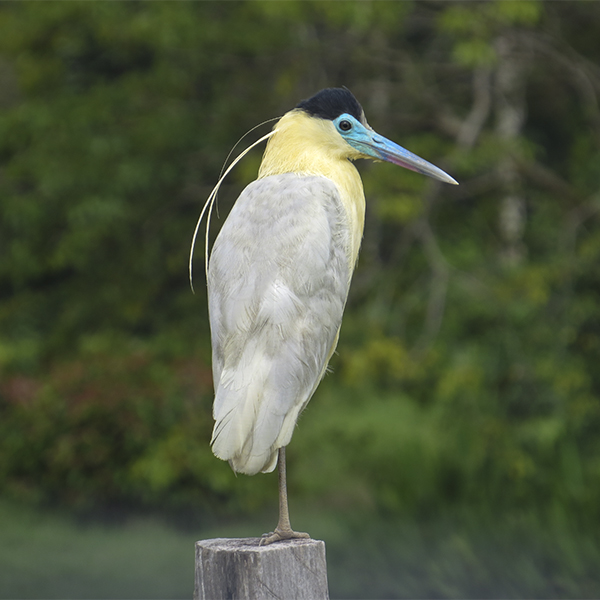
Capped Heron
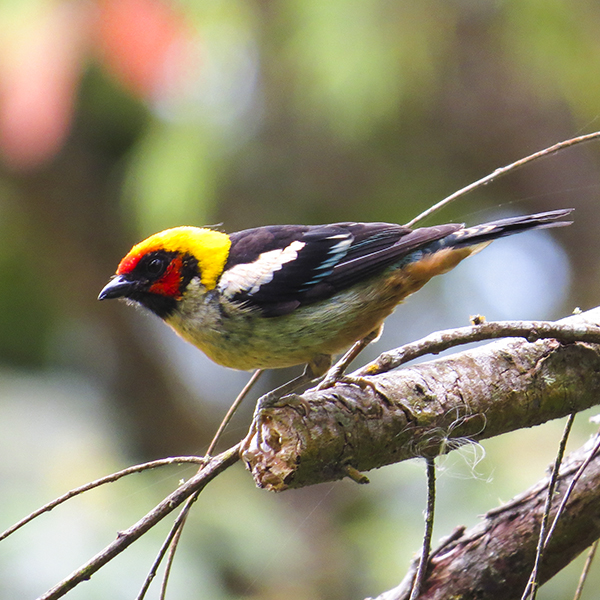
Flame-faced Tanager
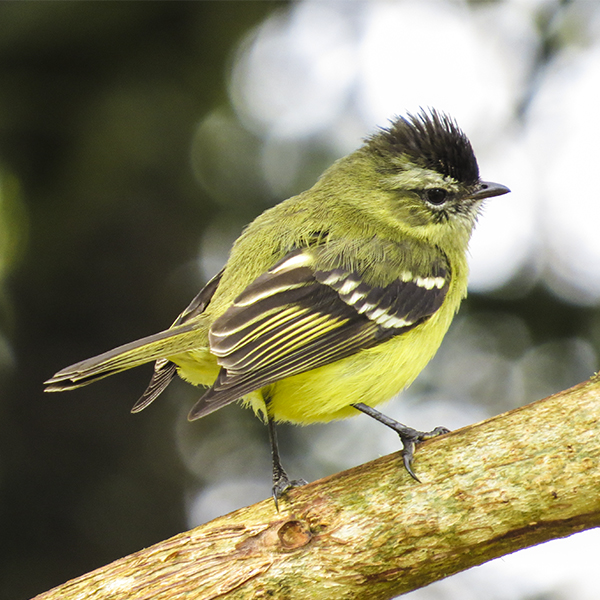
Black-capped Tyrannulet
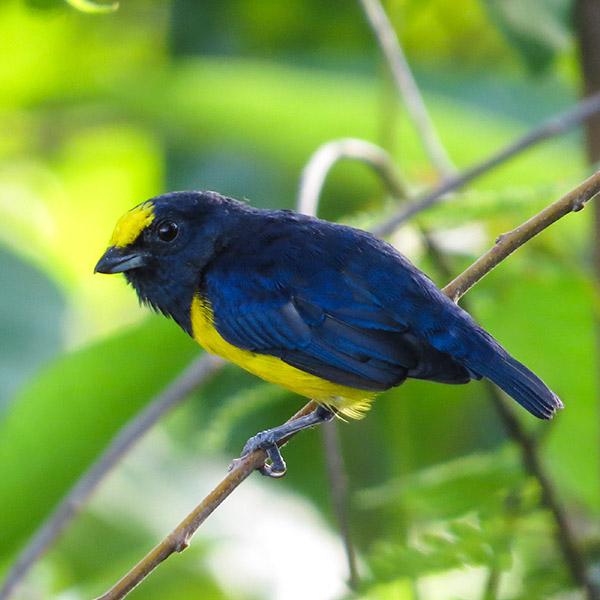
Fulvous-vented Euphonia
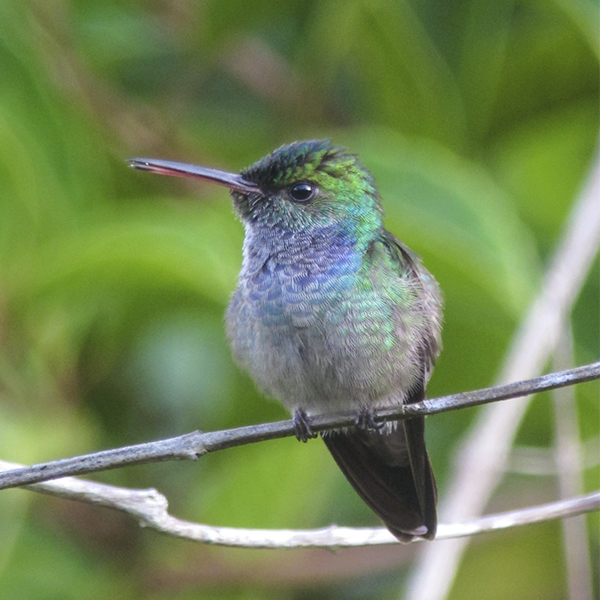
Blue-chested Hummingbird
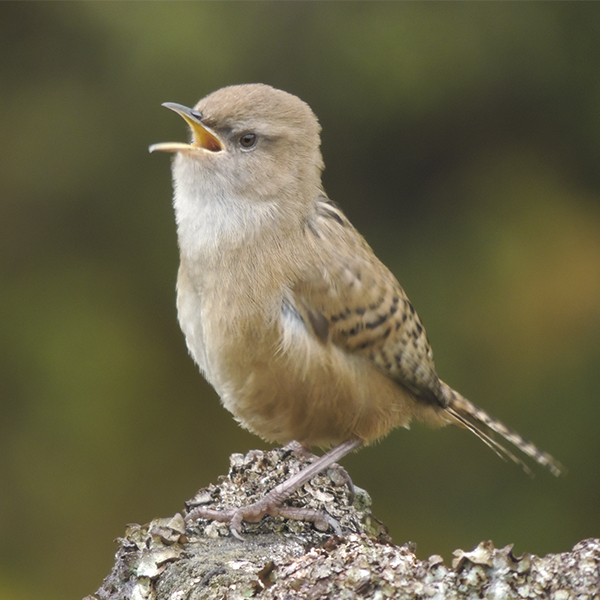
Apolinar's wren
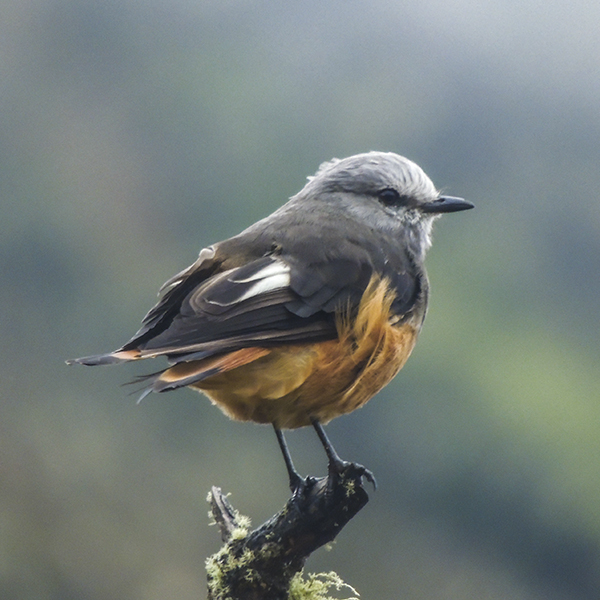
Red-rumped Bush-Tyrant
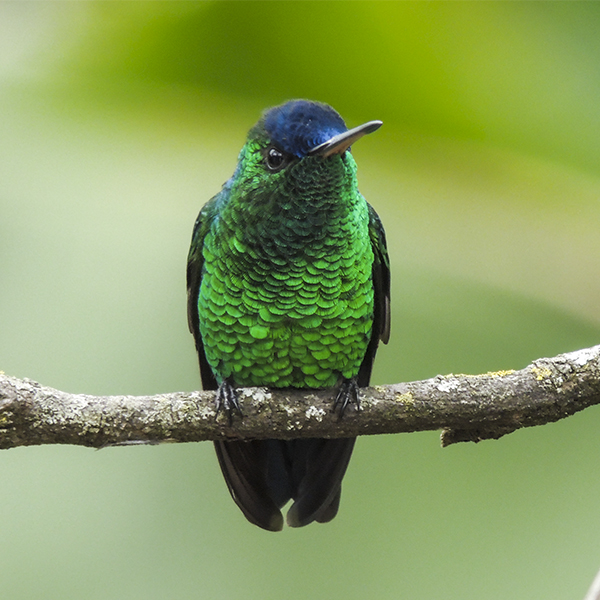
Indigo-capped Hummingbird
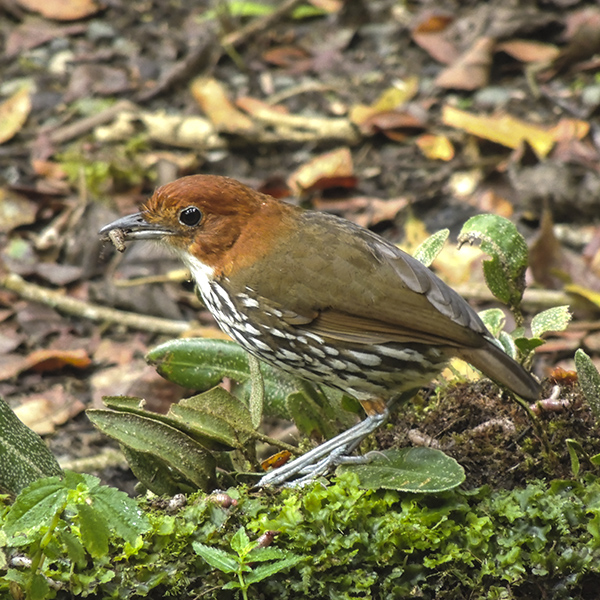
Chestnut-crowned Antpitta
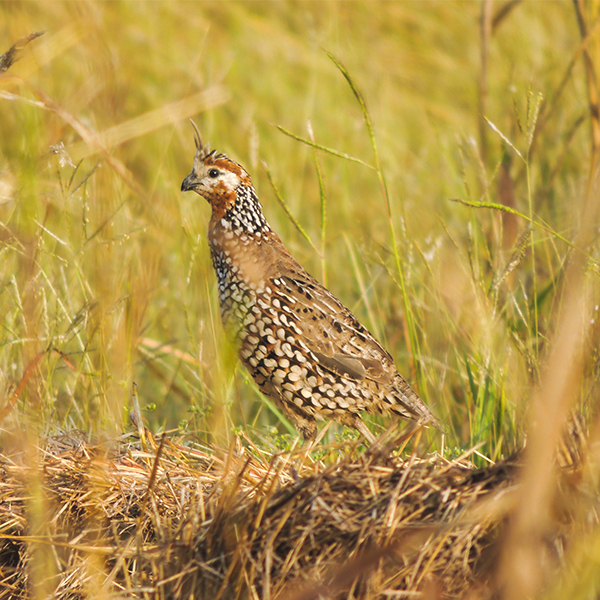
Crested Bobwhite
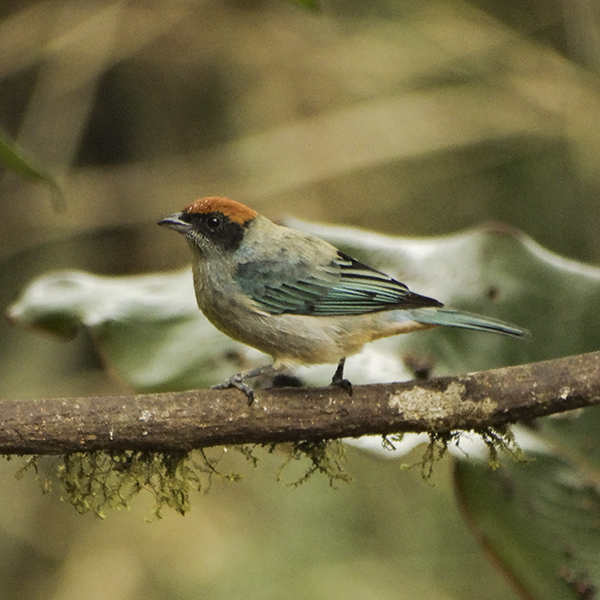
Scrub Tanager
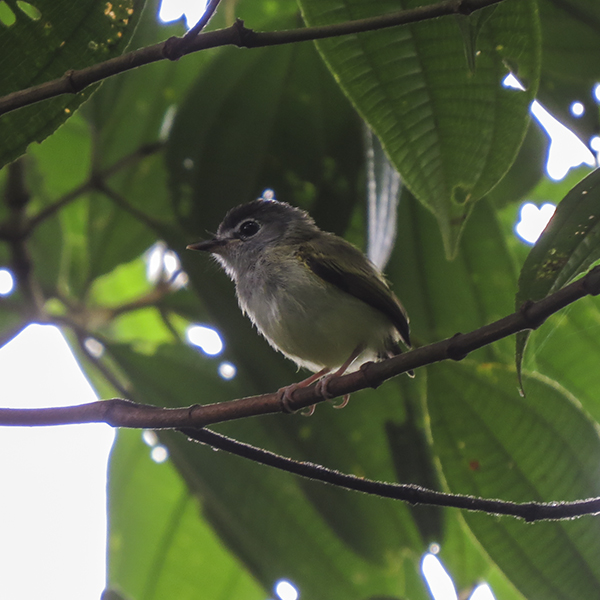
Black-capped Pygmy-Tyrant
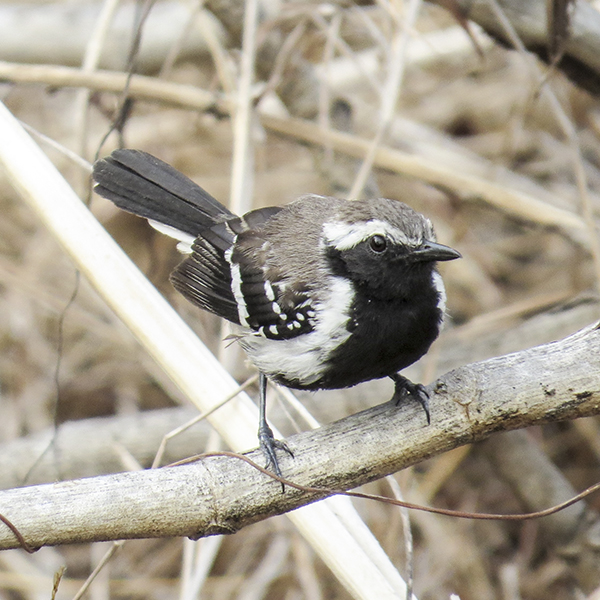
White-fringed Antwren
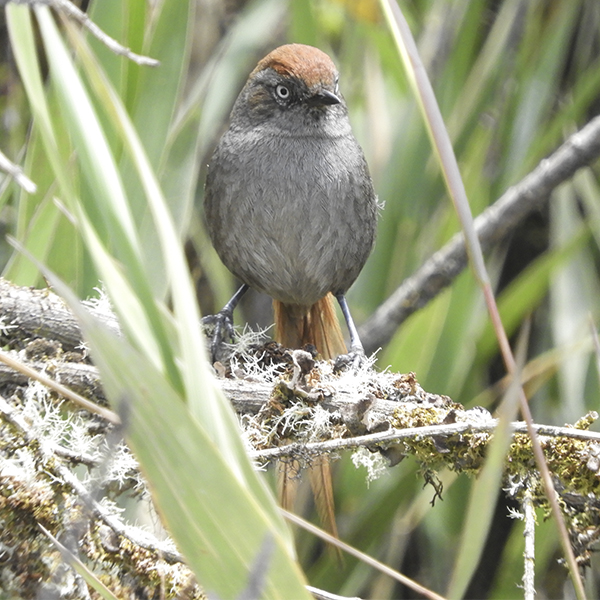
White-chinned Thistletail
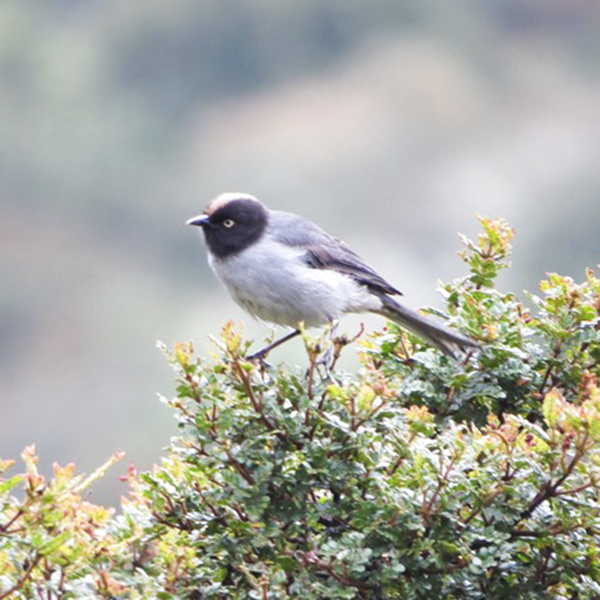
Black-headed Hemispingus

Vermilion Flycatcher
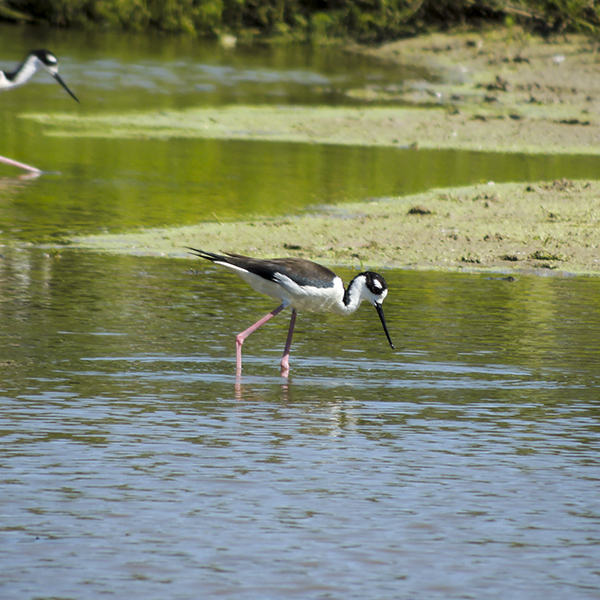
Black-necked Stilt
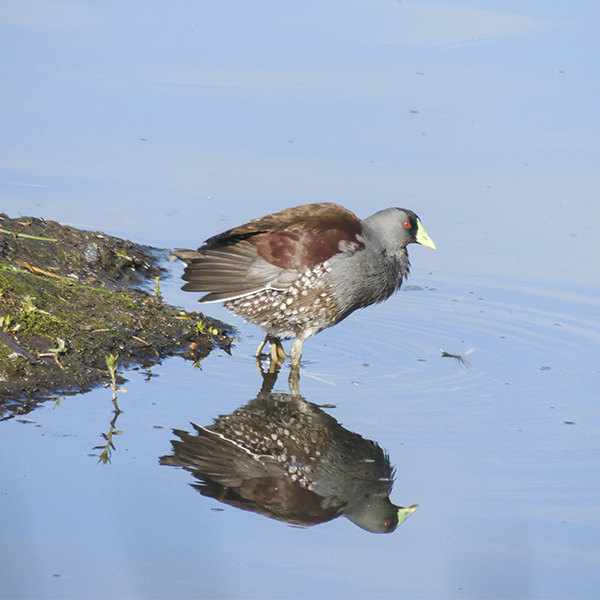
Spot-flanked Gallinule
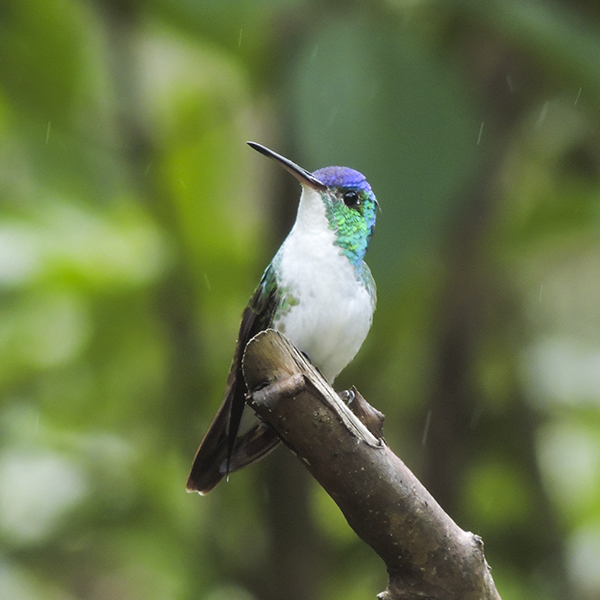
Andean Emerald
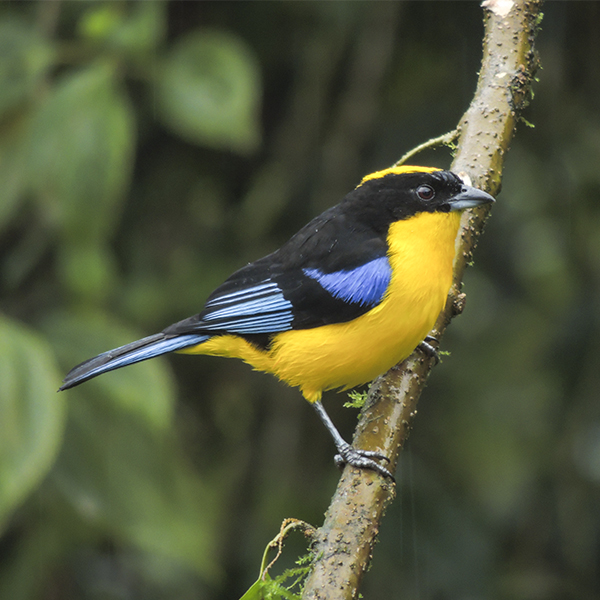
Blue-winged Mountain-Tanager
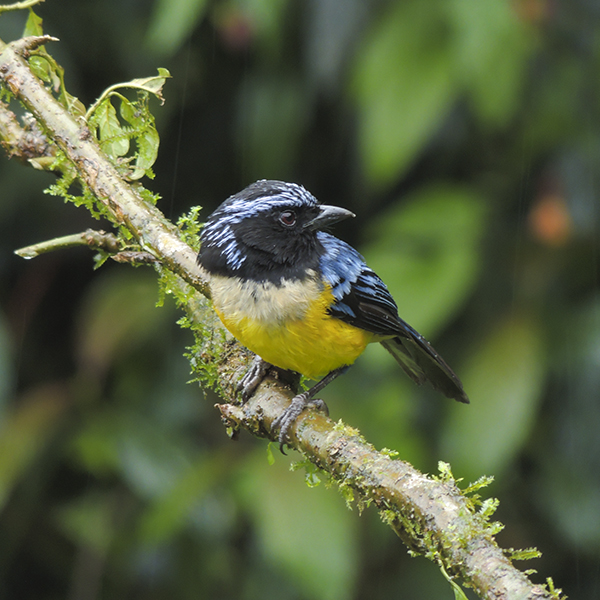
Buff-breasted Mountain-Tanager
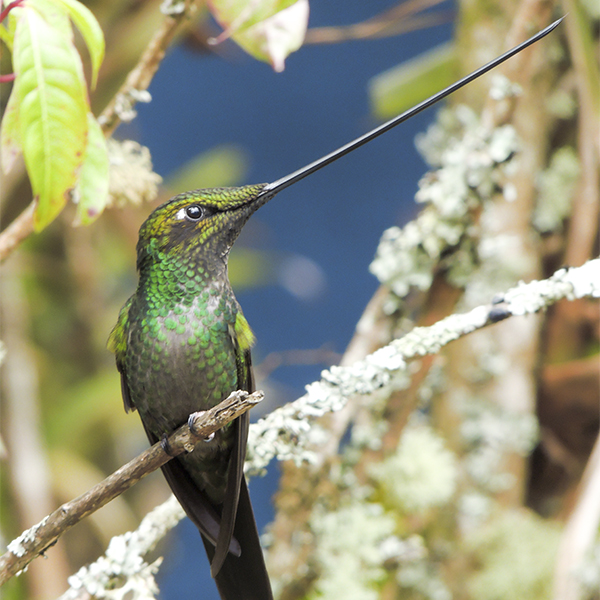
Sword-billed Hummingbird
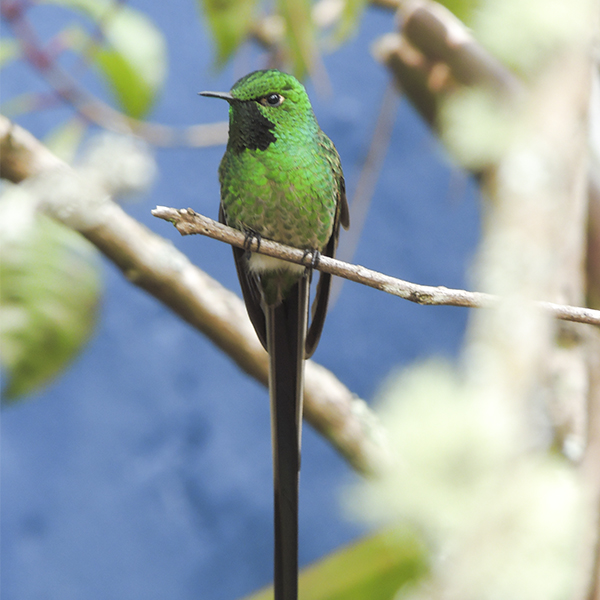
Green-tailed Trainbearer
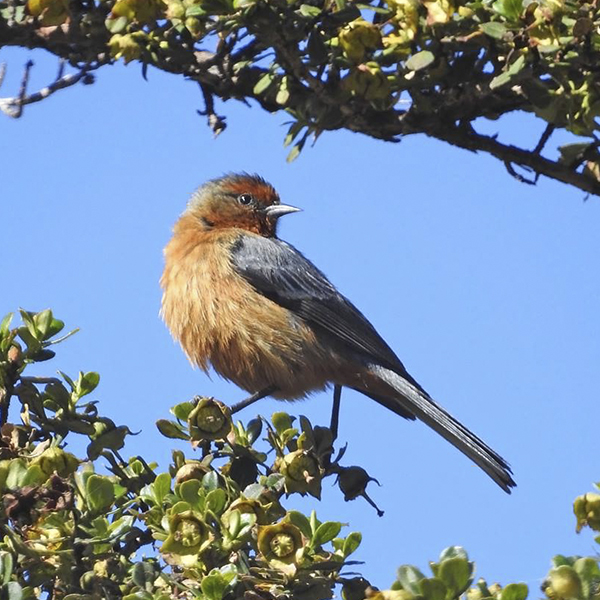
Rufous-browed Conebill
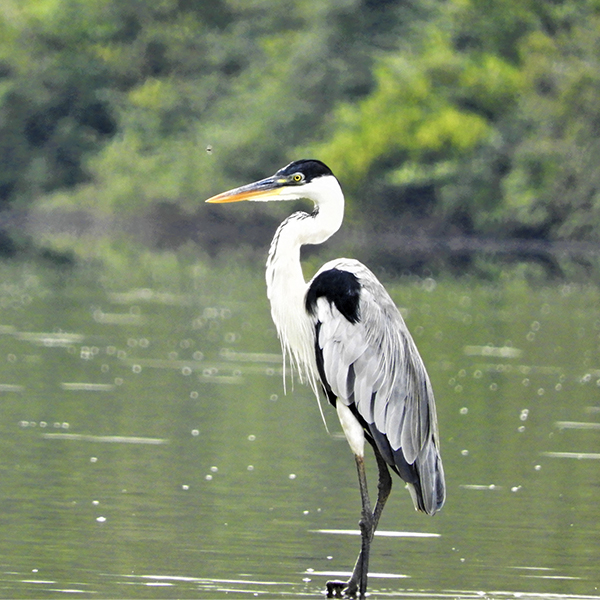
Cocoi Heron
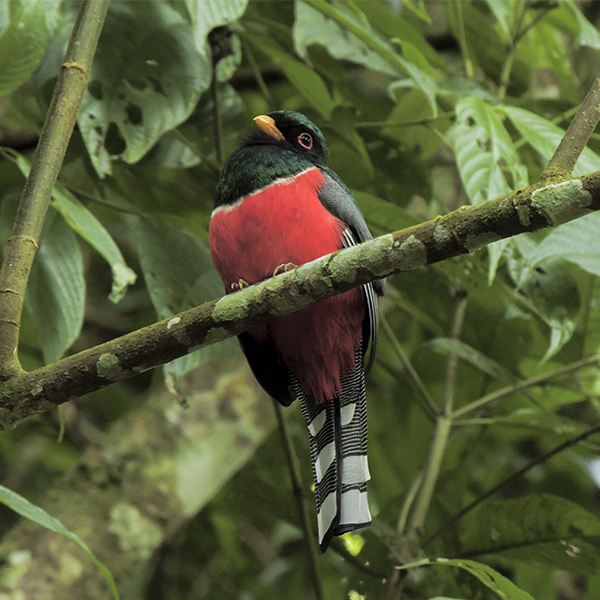
Masked Trogon
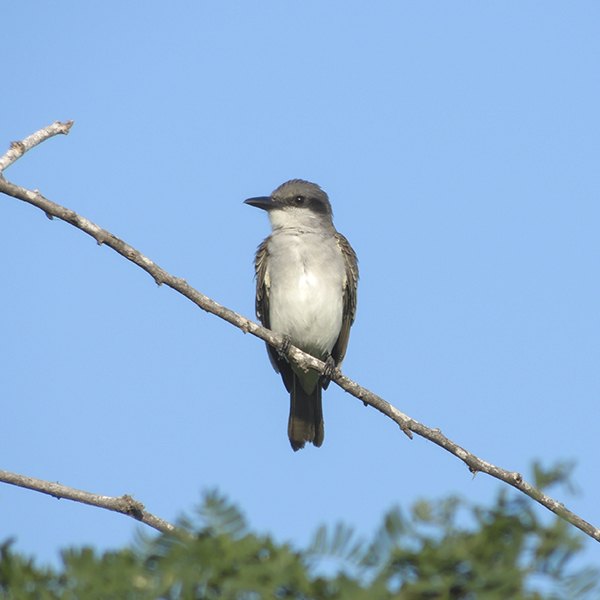
Gray Kingbird
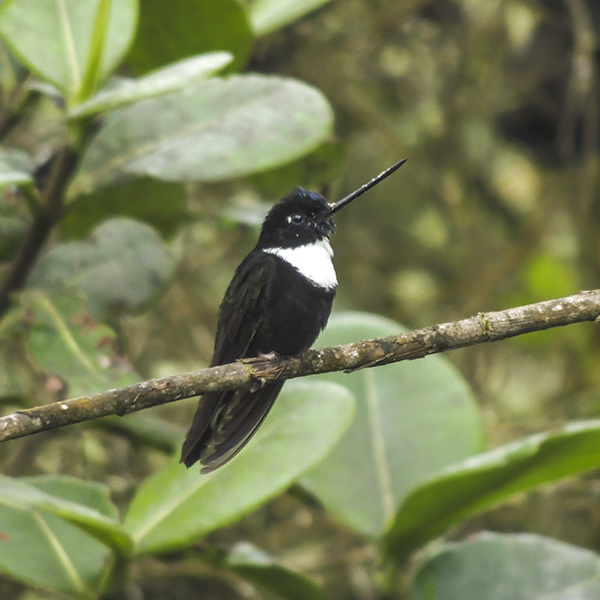
Collared Inca
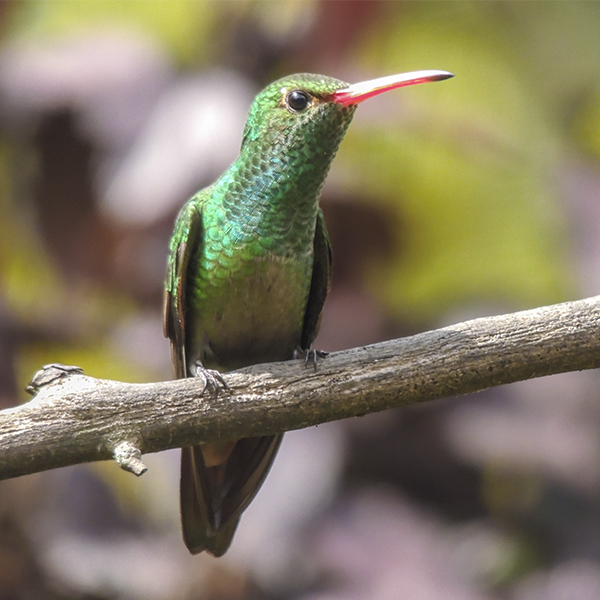
Rufous-tailed Hummingbird
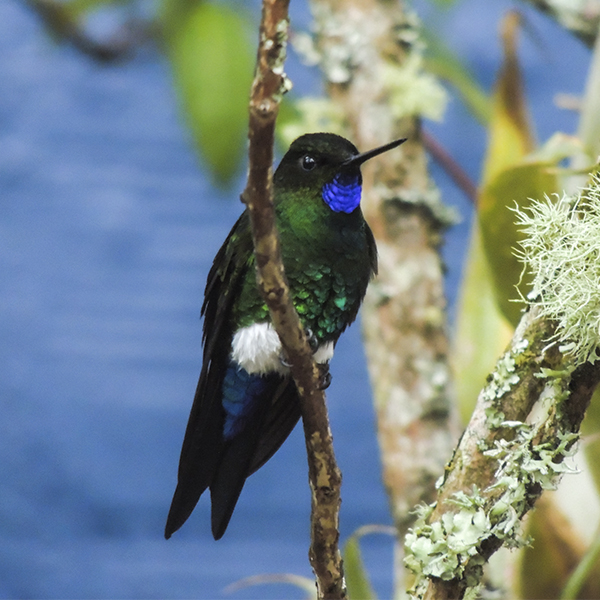
Glowing Puffleg
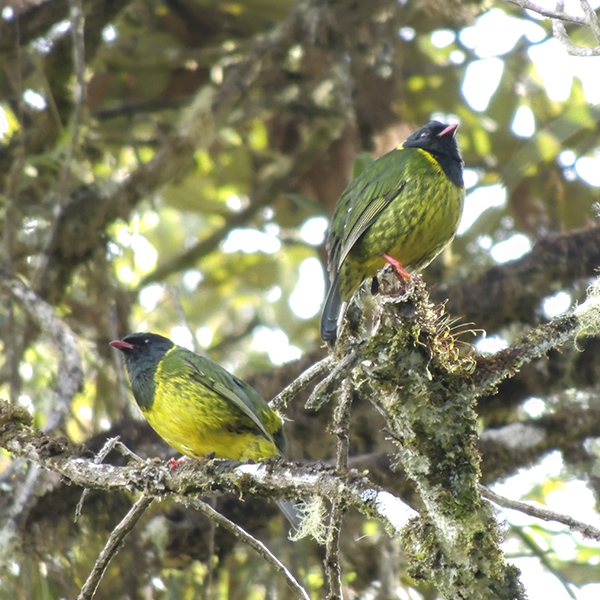
Green-and-black Fruiteater
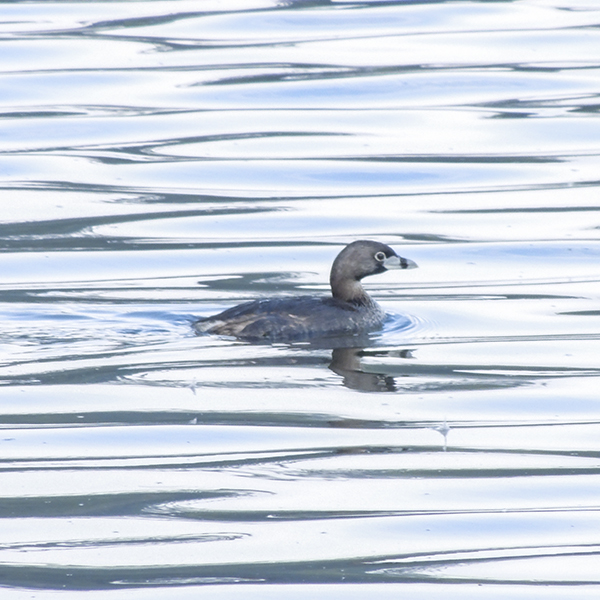
Pied-billed Grebe
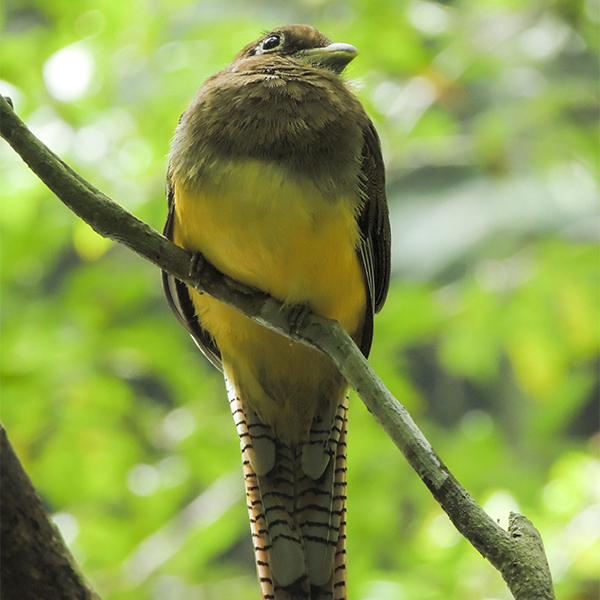
Black-throated Trogon
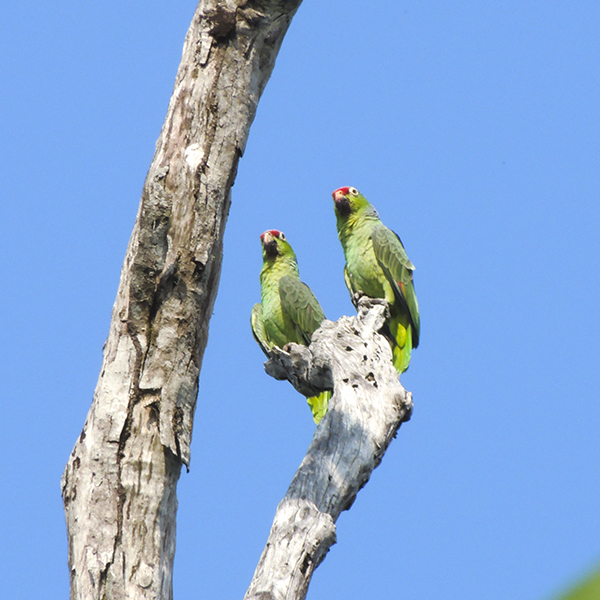
Red-lored Parrot
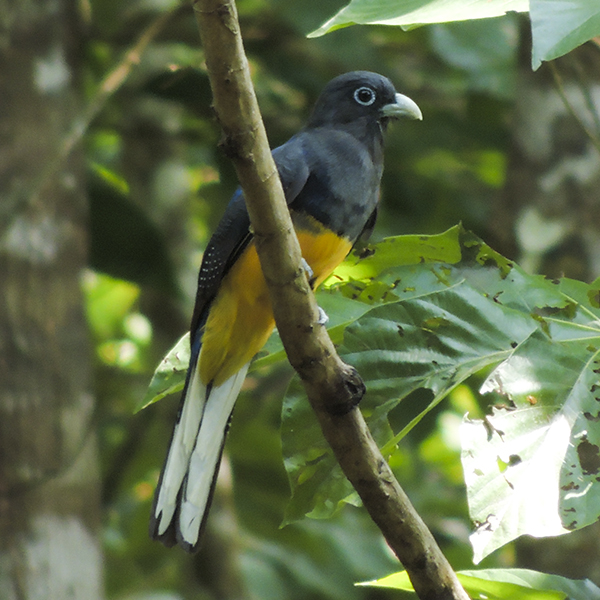
White-tailed Trogon
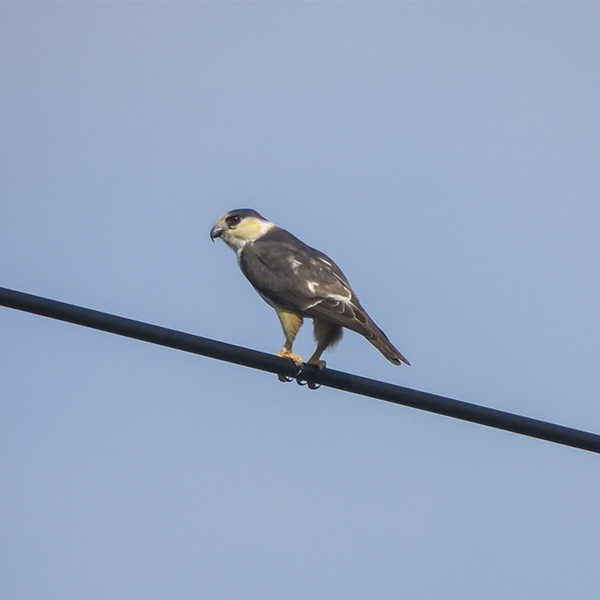
Pearl Kite

Broad-billed Motmot
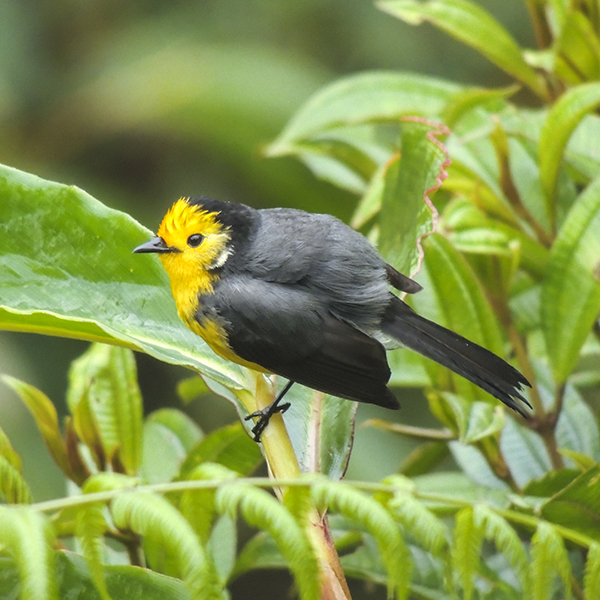
Golden-fronted Redstart
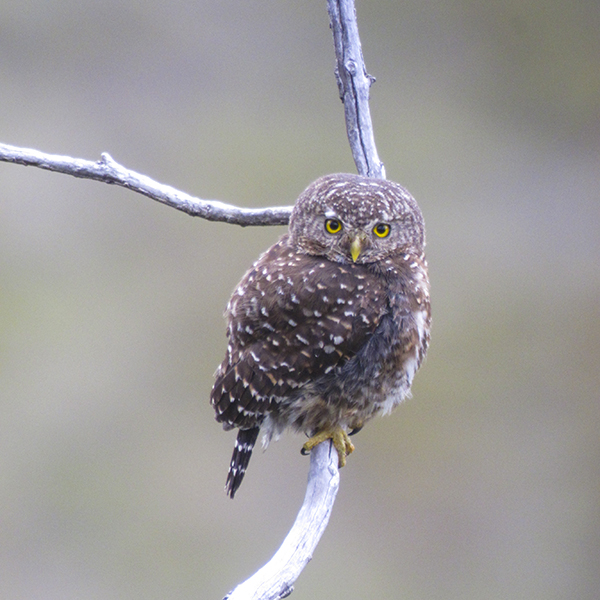
Andean Pygmy-Owl
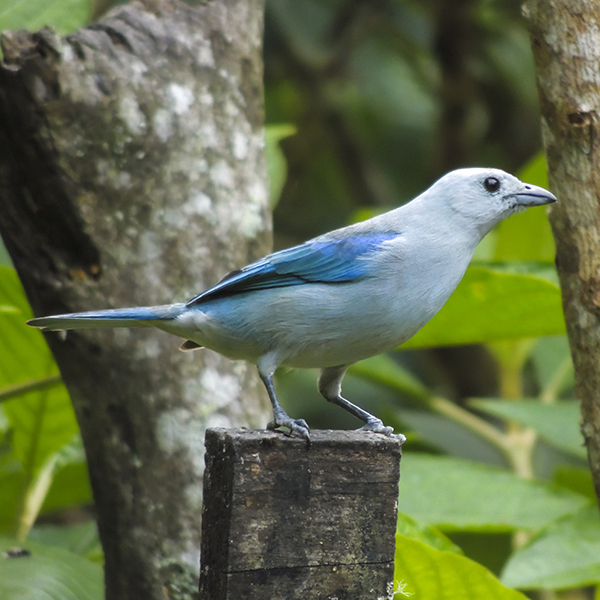
Blue-grey Tanager

Brown Violetear

Coppery-bellied Puffleg
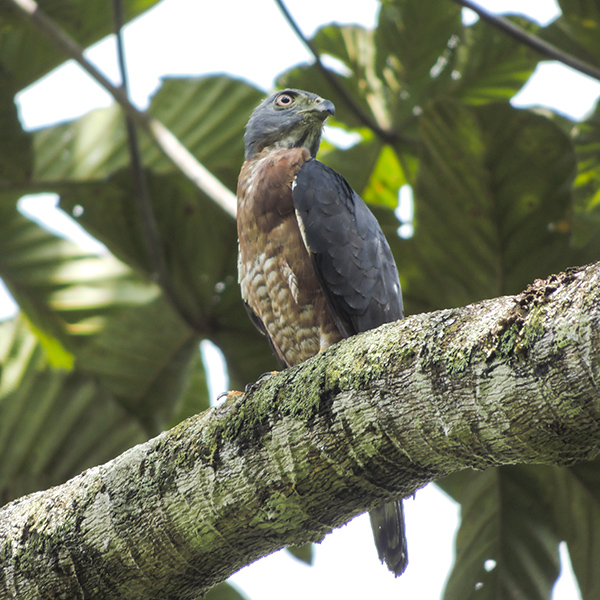
Double-toothed Kite

Grey-cheeked Nunlet
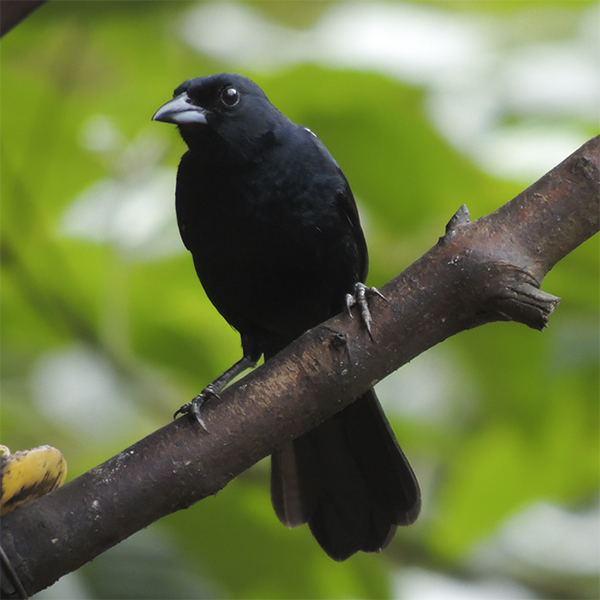
White-lined Tanager
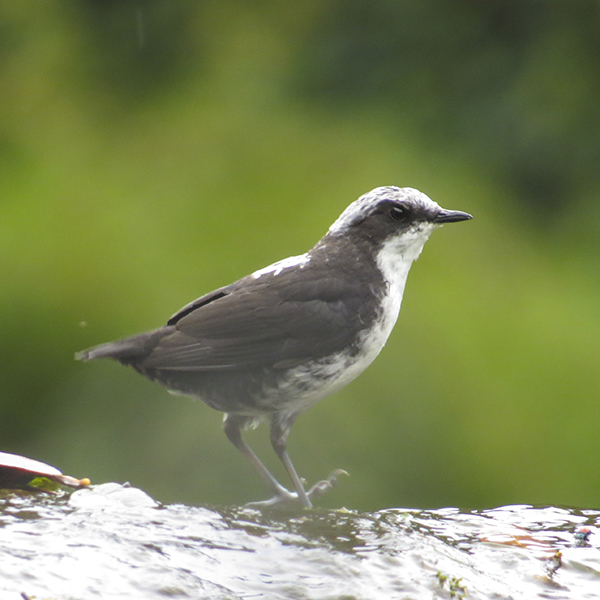
White-capped Dipper
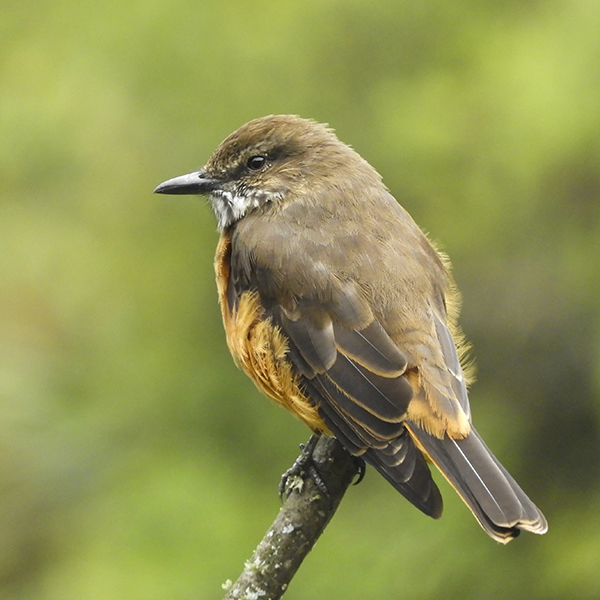
Streak-throated bush tyrant

Spectacled caiman

Paramo Seedeater

Pale-eyed Pygmy-tyrant
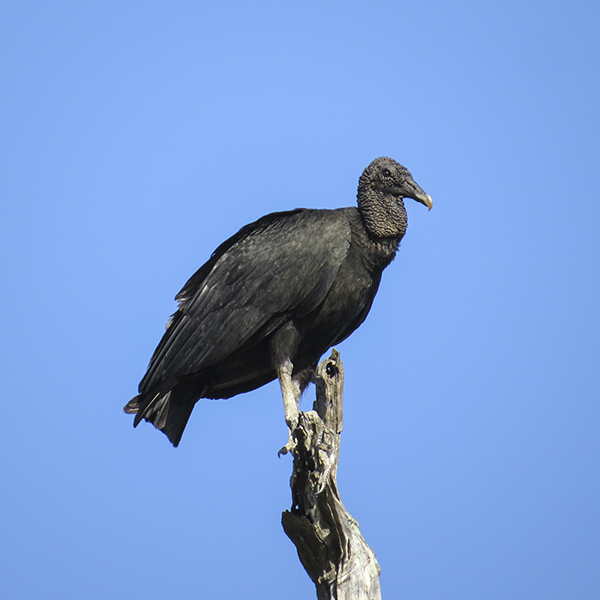
Black Vulture
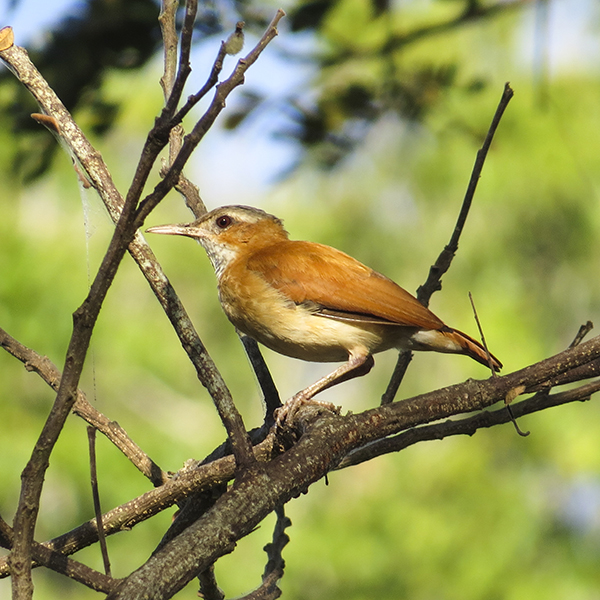
Caribbean Hornero
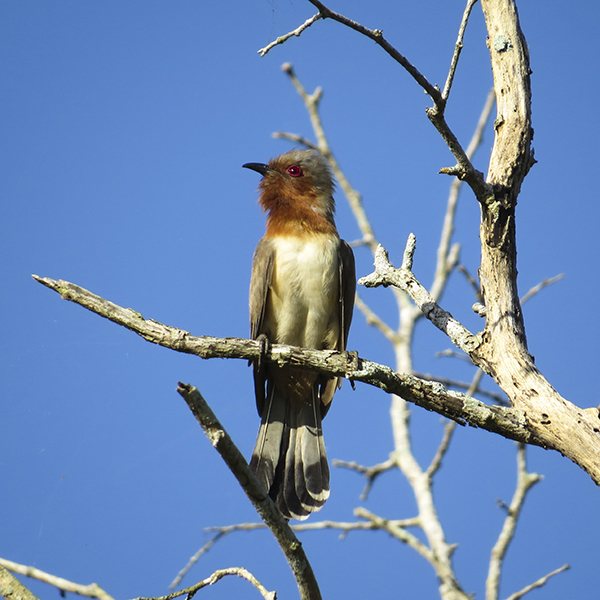
Dwarf cuckoo

Lesser Yellow-headed Vulture
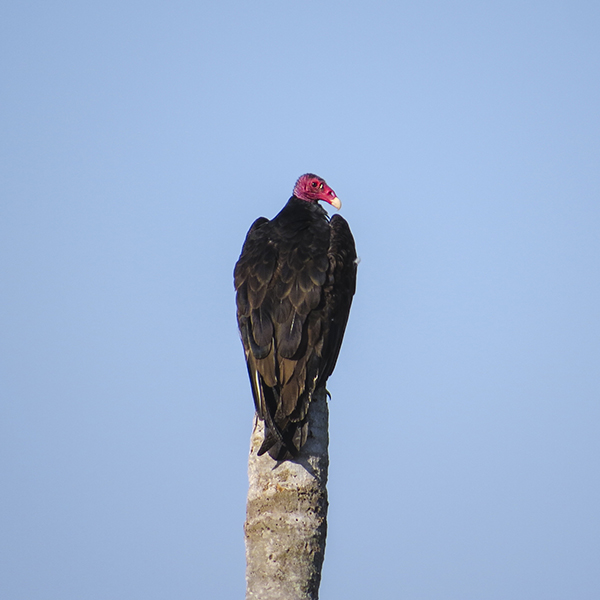
Turkey Vulture
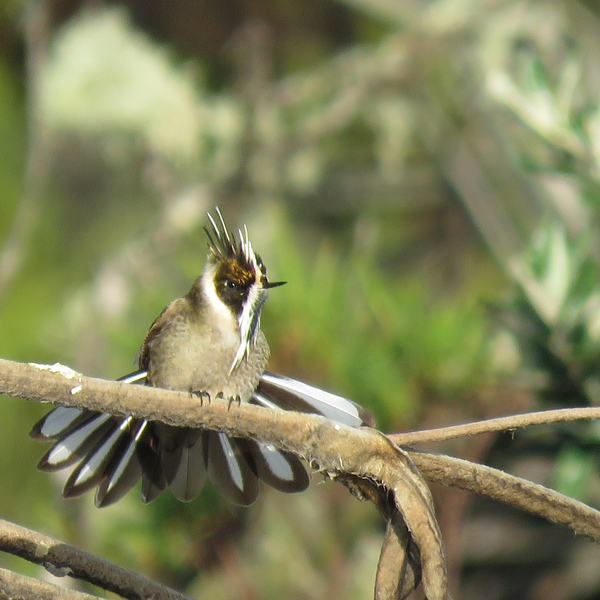
Green-bearded Helmetcrest
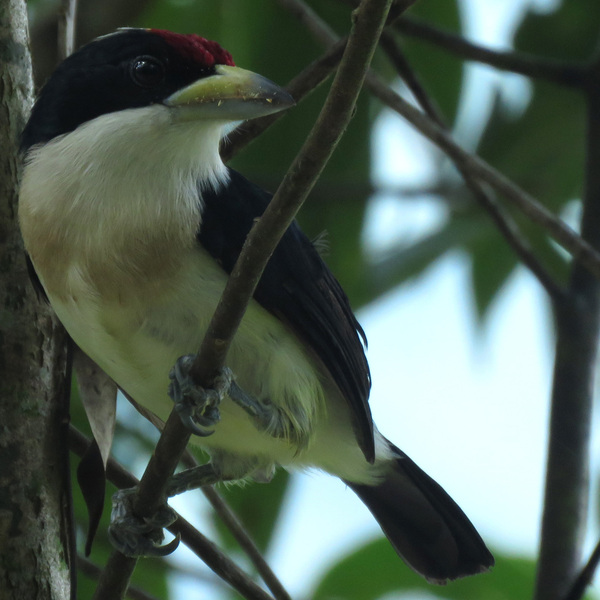
White-mantled Barbet
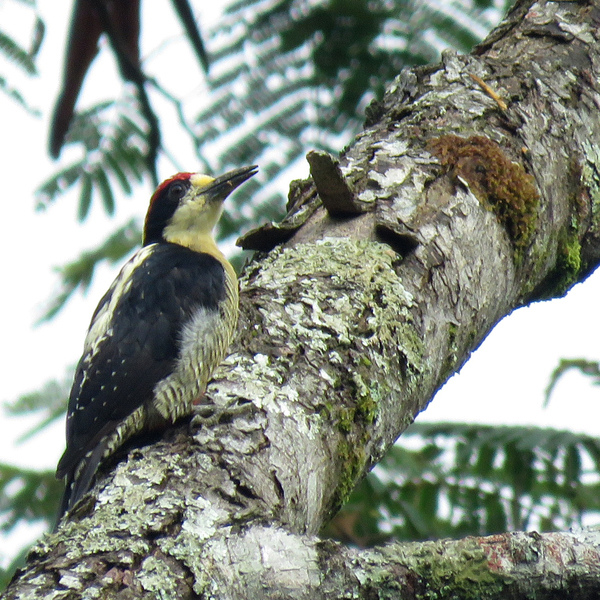
Beautiful Woodpecker
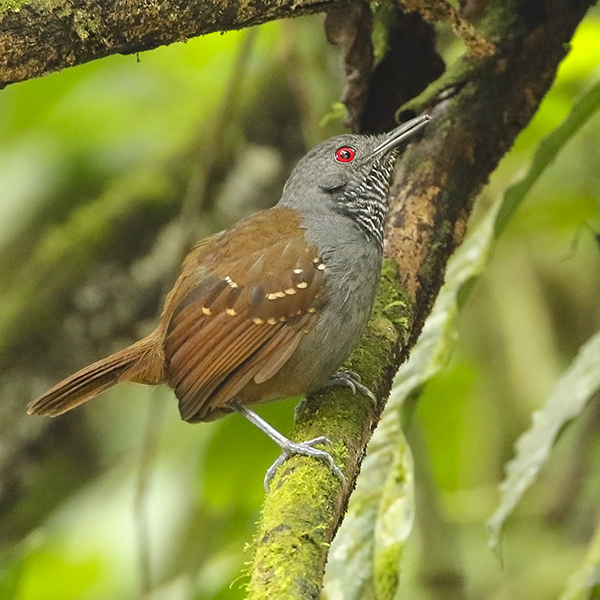
Magdalena Antbird

Antioquia Bristle-Tyrant
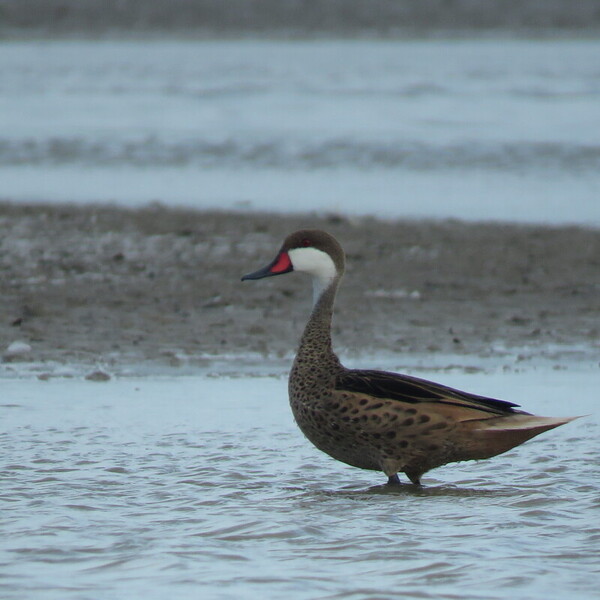
White-cheecked Pintail

Bogota Rail

Brown-breasted Parakeet
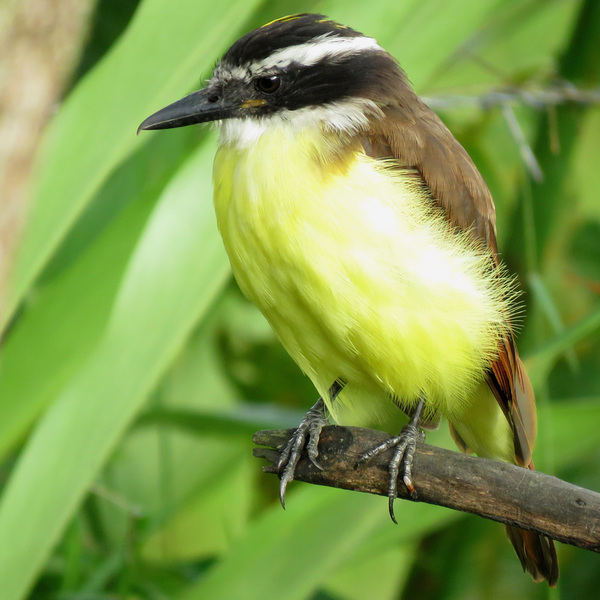
Great Kiskadee
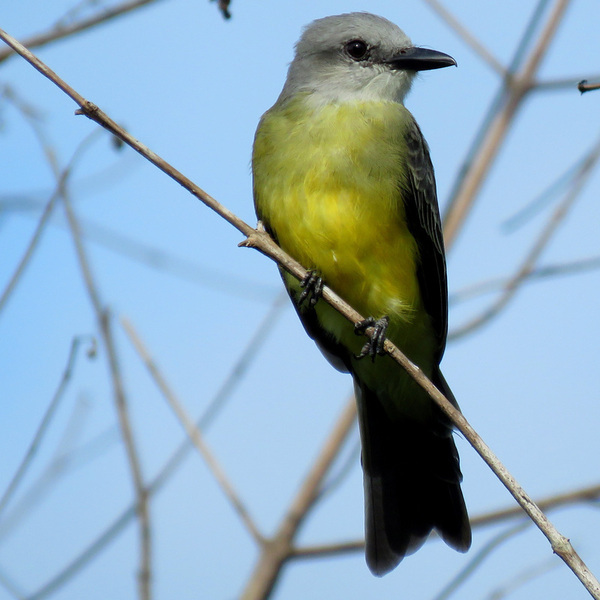
Tropical Kingbird
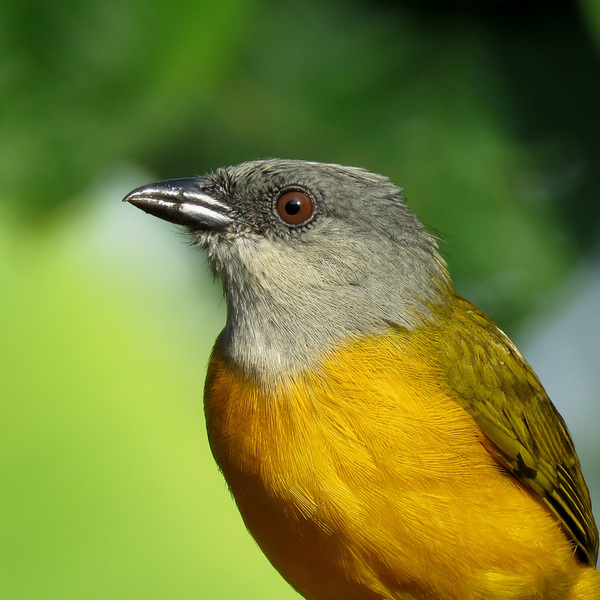
Gray-headed Tanager
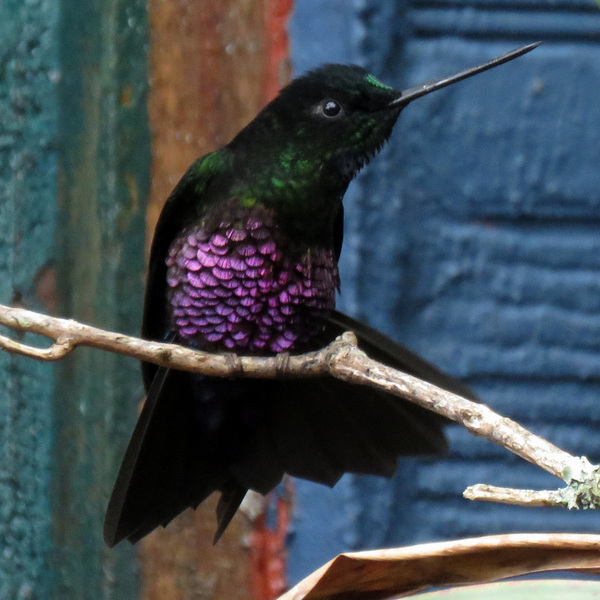
Blue-throated Starfrontlet
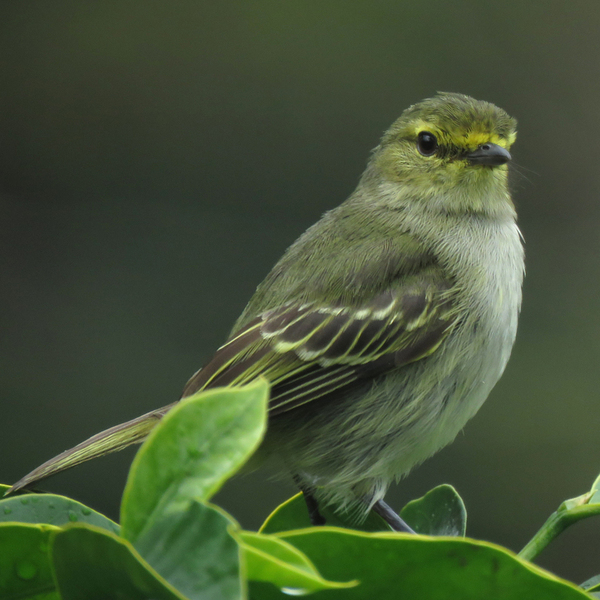
Golden-faced Tyrannulet
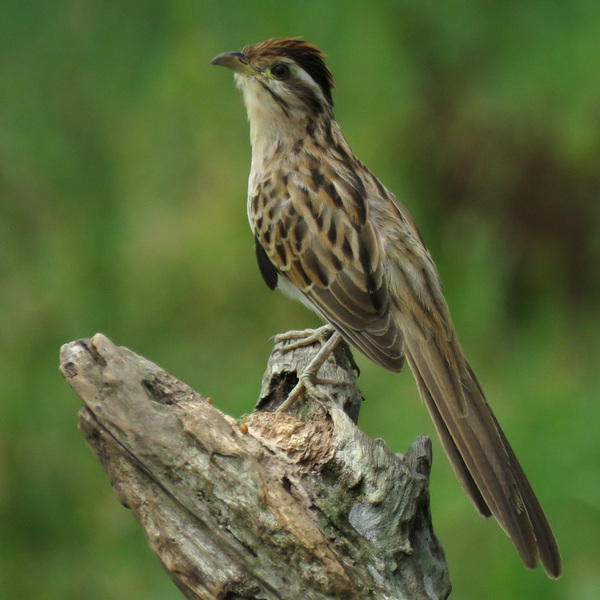
Striped Cuckoo
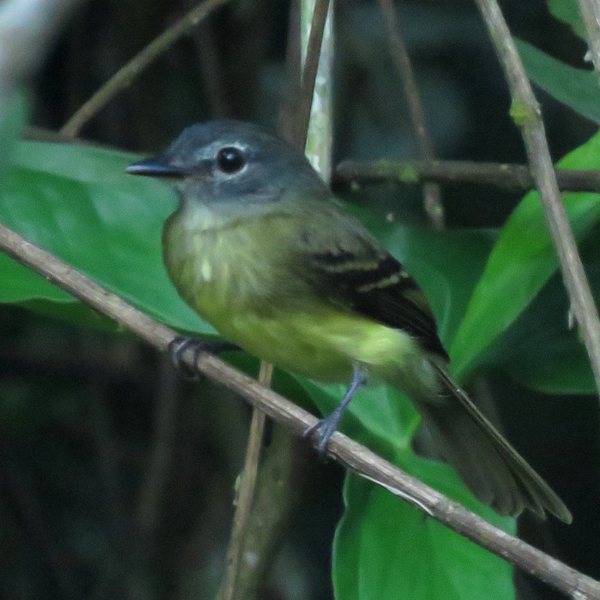
Black-billed Flycatcher
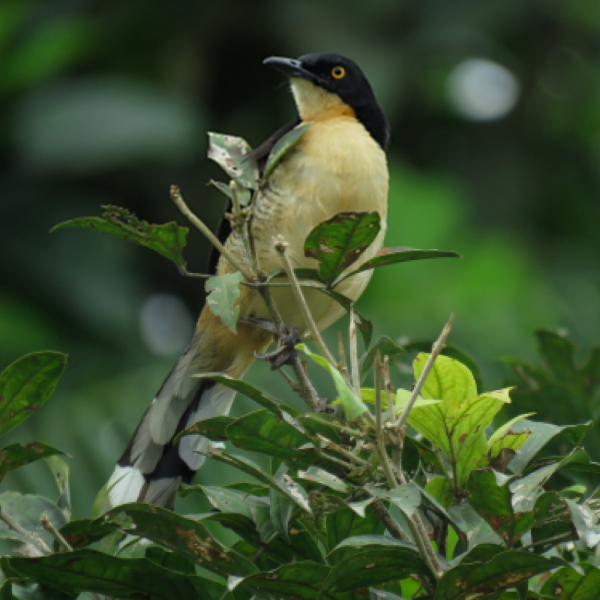
Black-capped Donacobius
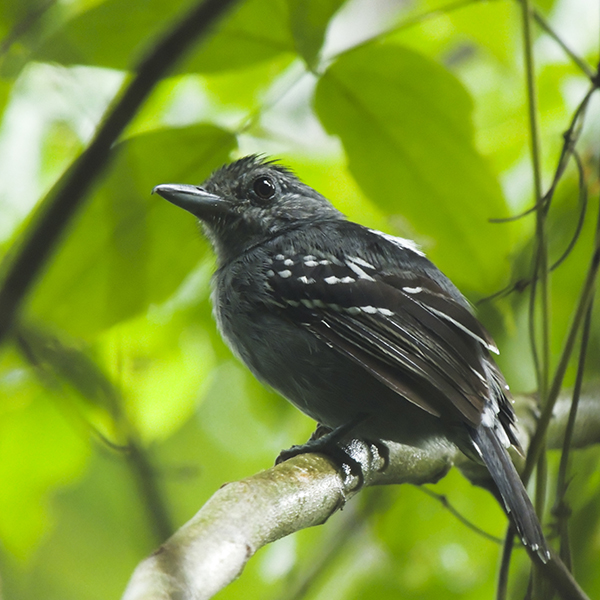
Black-crowned Antshrike
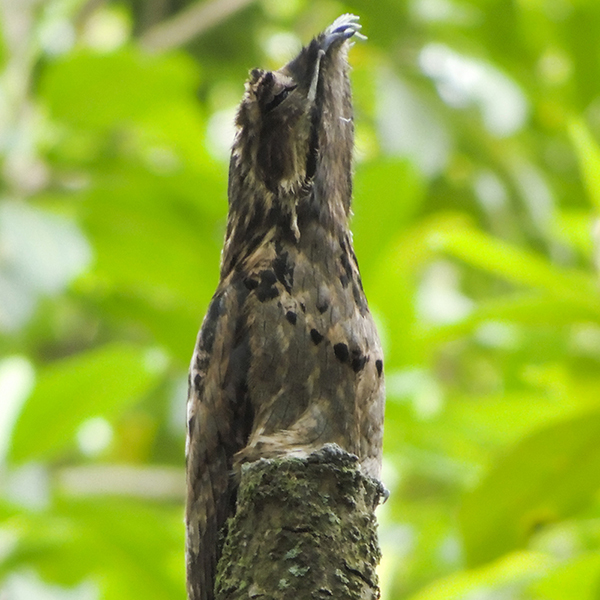
Common Potoo
Itinerary
Day 1: Chingaza National Park and Hummingbirds Observatory
We will make an early start to venture in to the hills, ascending l high into elfin forest in the huge Chingaza National Park which is 53,000 ha, and provides the majority of the drinking water for Bogota. You will find most of the Eastern Andean Highland near endemics here. The short stunted trees and nearby paramo habitat encourages small mixed roving flocks and amongst these we will search for Rufous-browed Conebill, Silvery-throated Spinetail, the skulking Pale-bellied Tapaculo. The White–faced form of Golden-fronted Whitestart, Black-chested, Buff-breasted, and Scarlet-bellied Mountain Tanagers, Red-crested Cotinga, Pale-naped Brush-finch, Rufos Wren, Superciliared, Black-eared, Black-headed, and Oleaginous Hemispingus, and other delights, such as Plushcap, Black-crested Warbler, White-throated Tyrannulet, Rufous Antpitta, Glowing and the near endemic Coppery-bellied Puffleg.
We may even entice an Andean Pygmy-owl to show itself and if we are very lucky we could find Bronze-tailed Thornbills. The endemic Brown-breasted Parakeet is one of the targeted species and artificial nest boxes have been set up in the area for the continued survival of this endemic species. Making our way higher in elevation we can continue searching for Tyriant Metaltail, Glossy and Masked Flowerpiercer, Barred Fruiteater, Slaty Brus-finch, White-chinned Thistletail, Streak-throated Bush-tyrant.
In the afternoon we will visit some Hummingbird feeders where we have good chances to see the Sword-billed Hummingbirds, Great Sapphirewing Green violetear, Sparkling Violetear, Amethyst-throated Sunangel, Black-tailed and Green-tailed Trainbearers, Purple-backed Thornbill, Glowing Puffleg, Coppery-bellied Puffleg, Shining Sumbeam, Blue-throated Starfronlet, Mountain Velvet-breast and White-bellied Woodstar.
Day 2: La Florida Park, El Tabacal Lagoon and the Enchanted Garden
La Florida Park is a wetland area located in the northwestern part of Bogotá at 2600 meters above sea level. Although it has been heavily impacted by city development, the region still contains small remaining natural areas which are an excellent place to find the secretive and endemic Bogota Rail. Other target species including: the endemic Apolinar’s Wren, Silvery-throated Spinetail, Yellow-hooded Blackbird, and small numbers of Spot-flanked Gallinule. Rufous-browed Conebill can also occasionally be found in the surrounding Eucalyptus trees and parkland.
El Tabacal is a small lagoon located in La Vega municipality, nearby Bogotá. We will explore the natural park looking for the rare Gray-throated Warbler, endemic Velvet-fronted Euphonia, near-endemic Bar-crested Antshrike, Stripe-breasted Spinetail, Rusty-breasted Antpitta, Blue-lored Antbird and the tricky Rosy Thrush-Tanager. Commoner species include Olivaceous Piculet, Plain Antvireo, Yellow-bellied Elaenia, Ochre-bellied Flycatcher, Yellow-Olive Flycatcher, Rusty-margined Flycatcher, Cinereous Becard, White-shouldered Tanager, Crimson-backed Tanager, Blue-necked Tanager, Bay-headed Tanager and Ruddy-breasted Seedeater.
In the afternoon we will head to Jardin Encantado (Enchanted Garden), one of the biggest hummingbird feeders in Colombia. Main targets there will be the endemic Indigo-capped Hummingbird, Ruby topaz Hummingbird, Gorgeted Woodstar (the smallest of the woodstars) and Red-billed Emerald.
In the afternoon we will be transfered to Rio Claro Reserve
Day 3: Rio Claro Reserve
Rio Claro is one of the most notable birding hotspots in Colombia. Thanks to its interesting geography and geographical history. Its tropical rain forests are very special forests, where the vegetation and the fauna are adapted to a very unique ecosystem niche, characterized by limestone and marble soil, and rich in calcium and other minerals. The high degree of biological endemism is due precisely to the uniqueness of these ecosystems.
The main attraction at Cañon del Rio Claro are the odd and mysterious Oilbirds, which we can easily see in a cave along the river where they roost.
Also, we will look for 5 more endemic birds: Magdalena Antbird, Antioquia Bristle-tyrant, Beautiful Woodpecker, White-mantled Barbet and Sooty Ant-tanager; plus the near-endemic Saffron-headed Parrot. Other targets include Grey-cheeked Nunlet, Broad-billed Motmot, Barred Puffbird, Slaty-winged Foilage-Gleaner, Pacific Antwren, One-colored Becard and striking White-bearded Manakin.
Day 4: Rio Claro Reserve and transfer to El Paujil Reserve
After spend the morning of day 4 birding around Rio Claro Reserve and looking for the species that we could have missed the day before, we will head towards the astonishing El Paujil Reserve stopping for Northern Screamer and other interesting species during the drive.
Day 5: El Paujil Reserve
One of the better-known birding destinations in the Mid-Magdalena Valley is El Paujil. This protected area is located in the Sierra de las Quinchas (150 to 1.200 m.s.n.m.), in the departments of Boyacá and Santander, more precisely, between the towns of Puerto Boyacá, Bolívar and Scimitara respectively. The reserve is named after the enigmatic and endemic Blue-billed Curassow (El Paujil), which can be found within the reserve.
Our main targets there will be the endemic Blue-billed Curassow, who are shy and were seldom seen, but recently have started coming sporadically to a feeding station. Also, we will look for another endemic species as the White-mantled Barbet, Beautiful Woodpecker and Sooty Ant-Tanager. Other species include Black-chested Jay, Bare-crowned Antbird, White-bearded Manakin, Yellow-browed Shrike-Vireo, Black-bellied Wren, Plain-colored Tanager, and Orange-crowned Oriole.
Day 6: El Paujil Reserve and transfer to Bogotá
We will spend the first hours of our last day birding in El Paujil Reserve before head back to Bogotá.
